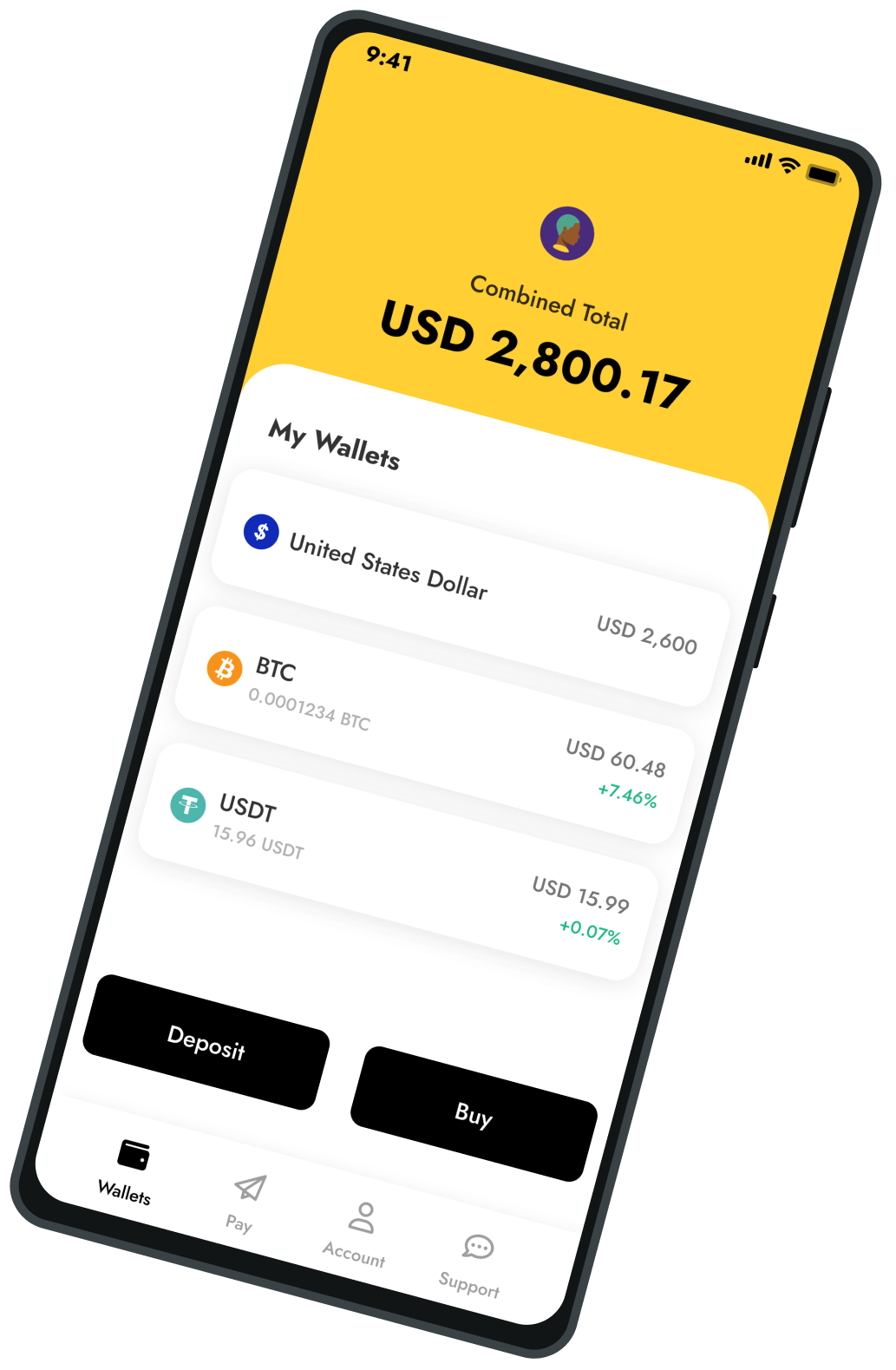Bitcoin Pizza Day: A Slice of Crypto History
Insights
Back to blog
Steve N
2024-05-22
Insights
On this page
The Story of the Bitcoin Pizza Purchase
The Price of Bitcoin: Then and Now
Where is Laszlo Hanyecz Now?
Why Bitcoin Pizza Day Is a Milestone Celebration in Cryptocurrency History?
Bitcoin's Growth Over the Decade
How to Get Started with Cryptocurrency: Using Yellow Card
Conclusion
The pivotal moment occurred on May 22, 2010, when Laszlo Hanyecz, a programmer and early Bitcoin adopter, purchased two pizzas for 10,000 BTC. At that time, 1 Bitcoin was worth around 0.0041 USD, with 10,000 BTC valued at approximately $41. Today, that same amount of Bitcoin is worth hundreds of millions of dollars, highlighting the incredible appreciation of the cryptocurrency over the years.
The Story of the Bitcoin Pizza Purchase
In the spring of 2010, Laszlo Hanyecz was an enthusiastic participant in the Bitcoin community. Despite Bitcoin's limited recognition and negligible value, Hanyecz saw its potential as a revolutionary form of digital currency. Driven by curiosity and a desire to demonstrate Bitcoin’s practical utility, he used it for a real-world transaction.
On May 18, 2010, Hanyecz posted a message on the BitcoinTalk forum: “I’ll pay 10,000 bitcoins for a couple of pizzas. Maybe 2 large ones, so I have some leftovers for the next day.” His offer was initially met with scepticism, as Bitcoin was primarily used for technical experimentation rather than commerce. Undeterred, Hanyecz persisted, explaining that he simply wanted to enjoy some pizza while showcasing Bitcoin’s potential as a medium of exchange.
Four days later, a fellow Bitcoin enthusiast, Jeremy Sturdivant, accepted Hanyecz’s offer. Sturdivant ordered two large pizzas from Papa John’s and had them delivered to Hanyecz’s home in Jacksonville, Florida. In return, Hanyecz transferred 10,000 BTC to Sturdivant’s Bitcoin wallet. The transaction was completed, and Hanyecz celebrated the event by enjoying his now-legendary pizzas.
The Price of Bitcoin: Then and Now
In 2010, Bitcoin was still in its infancy, with its price barely registering on financial charts. Fast forward to today, and Bitcoin's value has surged dramatically. As of May 2024, Bitcoin trades at approximately $69,771 per BTC. This exponential increase underscores Bitcoin's journey from a novel concept to a widely recognised and valued asset.
Where is Laszlo Hanyecz Now?
Laszlo Hanyecz continues to be involved in the tech community, contributing to various open-source projects. He has participated in several interviews reflecting on his famous pizza purchase. Despite the staggering current value of the 10,000 BTC he spent, Hanyecz remains positive and views his transaction as a significant and necessary step in demonstrating the practical use of Bitcoin.
Why Bitcoin Pizza Day Is a Milestone Celebration in Cryptocurrency History?
Bitcoin Pizza Day is more than just a quirky piece of crypto trivia; it marks a foundational moment in the broader development of the cryptocurrency ecosystem. This event demonstrated Bitcoin's potential as a medium of exchange, catalysing its evolution from a niche digital asset to a mainstream financial instrument. The early transaction paved the way for greater acceptance and integration of Bitcoin in various economic sectors, from online marketplaces to institutional finance.
Bitcoin's Growth Over the Decade
Since the historic pizza purchase in 2010, Bitcoin has experienced tremendous growth. Its market capitalisation has surged from a few million dollars to over $1 trillion at its peak, reflecting its increasing acceptance and adoption. Significant companies like Tesla, Square, and MicroStrategy have added Bitcoin to their balance sheets, while financial institutions like Fidelity and BlackRock have started offering Bitcoin-related investment products.
Bitcoin's adoption has also spread globally, with countries like El Salvador making it legal tender. The development of the Lightning Network has further facilitated Bitcoin transactions, making them faster and cheaper. Bitcoin is now widely recognised as a digital currency, a store of value, and a hedge against inflation.
How to Get Started with Cryptocurrency: Using Yellow Card
Platforms like Yellow Card offer a user-friendly entry point for those looking to dive into the world of cryptocurrency. Yellow Card is the largest and first licensed Stablecoin on/off ramp on the African continent. Operating across 20 countries, we provide our customers across Africa with secure, liquid, and cost-effective access to Bitcoin, USDT, ETH, and several other coins via their local currency. Here’s a quick guide to get you started:
1. Sign Up: Create a free account on Yellow Card’s platform.
2. Verify Your Identity: Complete the necessary KYC (Know Your Customer) steps in just a few clicks.
3. Fund Your Account: Deposit funds using various payment methods on the platform.
4. Buy Bitcoin: Navigate to the buy section and purchase your desired amount.
Yellow Card offers a seamless experience for beginners and seasoned crypto enthusiasts, ensuring a secure and efficient way to enter the crypto market.
Conclusion
Bitcoin Pizza Day began Bitcoin’s journey into real-world use and mainstream recognition. As we celebrate this day, it's fascinating to reflect on how far Bitcoin has come—from a small community experiment to a widely accepted and valuable asset that continues to shape the future of finance. For those interested in joining the crypto revolution, platforms like Yellow Card make buying your first Bitcoin easier and becoming part of this exciting digital economy.
Disclaimer: This article is for information purposes only and should not be construed as legal, tax, investment or financial advice. Nothing contained in this article constitutes a solicitation, recommendation, endorsement or offer by Yellow Card to buy or sell any digital asset. There is risk involved in investing or transacting in digital assets, please seek professional advice if you require one. We do not assume any responsibility or liability for any loss or damage you may incur dealing with digital assets. For more information on Digital Asset Risk Disclosure please see - Risk Disclosure.



